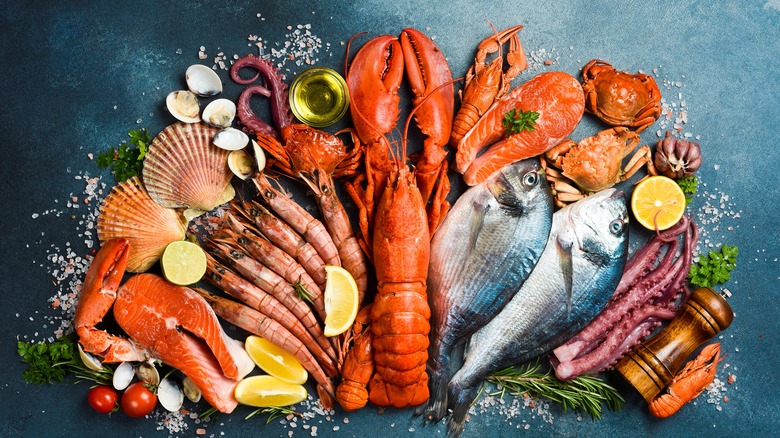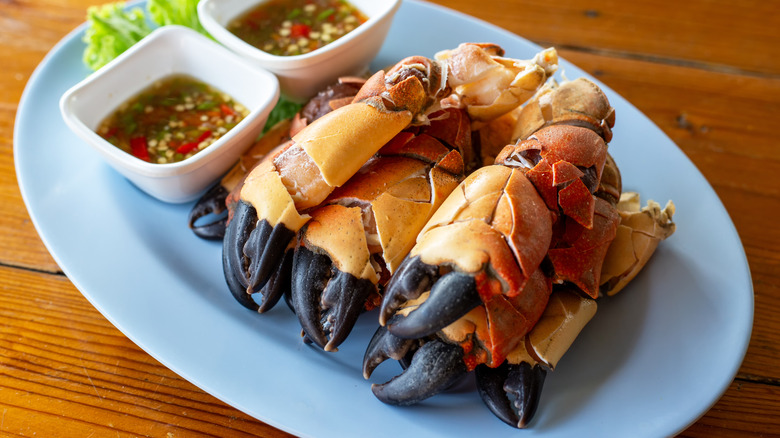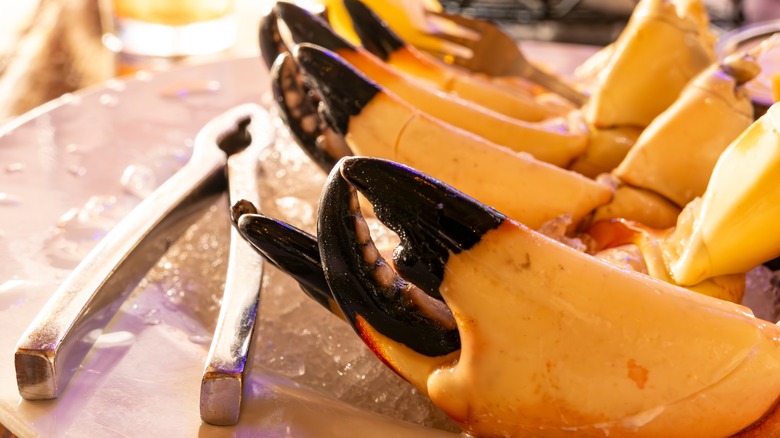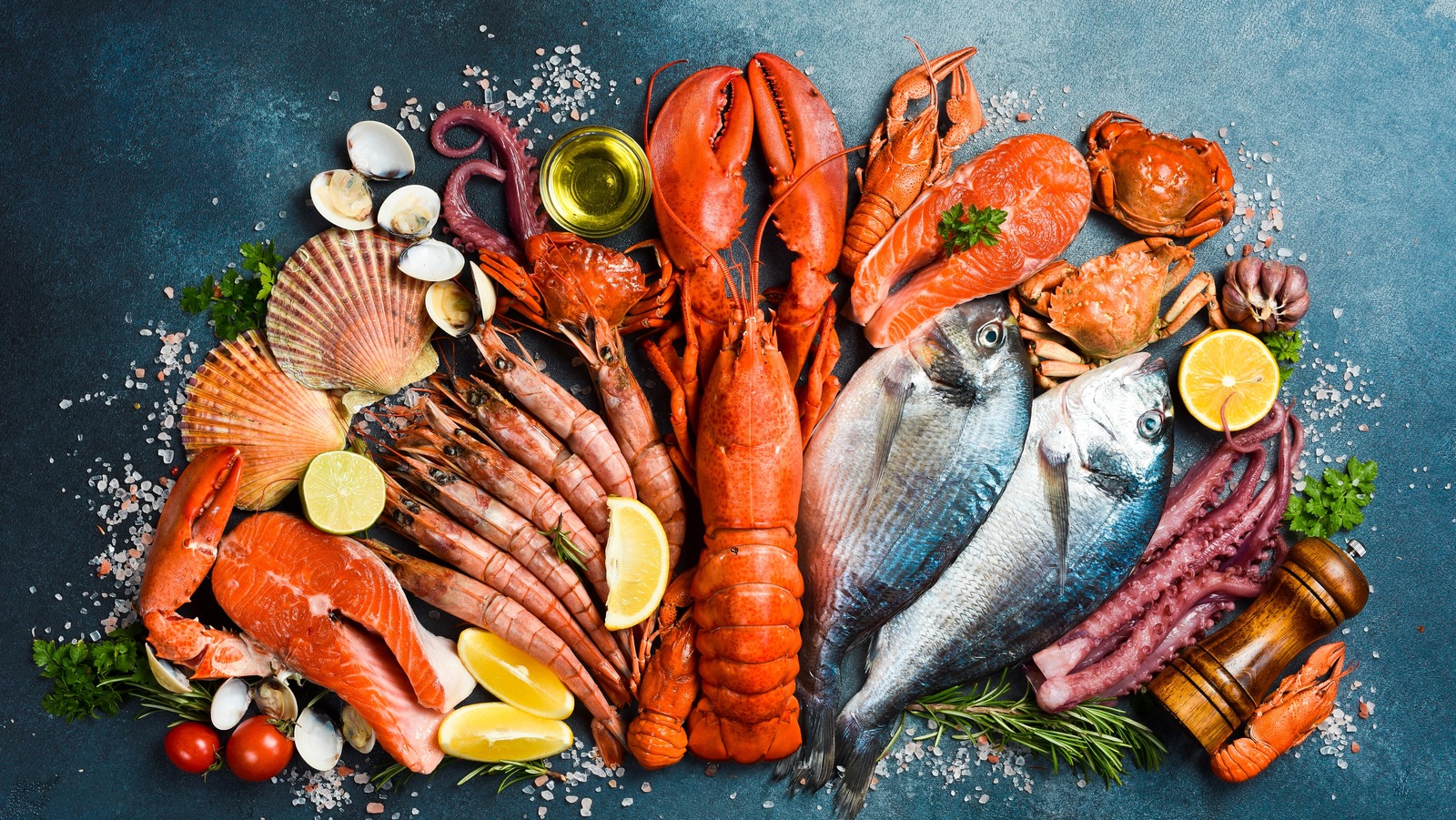
YARUNIV Studio/Shutterstock
There are plenty of great reasons to visit Florida, from the family attractions to the great beaches, but one thing you can’t miss is the food, especially when it comes to stone crab. These crabs are known for their giant, sweet, and succulent claws that taste like a mild, flaky version of lobster. There is simply no comparison between these fresh and juicy crab claws and even the best canned crab meat. Nearly all of the stone crab harvested each year comes from Florida, so even though they are found from North Carolina all the way to Central America, Florida is the best place to get them nice and fresh once crab season rolls around. But unless you are a Florida native, you could probably use a bit of expert advice to make sure you know what to expect and where to get the best crab around.
Kory Foltz, the executive chef at Sunseeker Resort Florida Gulf Coast in Charlotte Harbor, shared some great info with Chowhound about this Florida delicacy so you can turn your next trip to the state into a culinary delight. Florida is home to some pretty great food, like some of the country’s hands-down best Cuban sandwiches. If you want to get fresh stone crab, however, make sure you plan your trip between mid-October and May. “That’s when they’re in season and super fresh,” says Foltz. As for the preparation, you’ll find these beauties turned into all sorts of creative dishes, but they are best when the crab is the star. “They’re usually served cold with a mustard dipping sauce, and the meat is sweet and really easy to eat since the claws are already cracked,” he adds.
The unmatched flavor deserves all the attention it gets

Settapongd Dee-ud/Getty Images
Taking the time to poke around the coast will be well worth your while, as various spots take the traditional chilled claws and get creative with them, turning them into dishes like stone crab tacos and sliders. But for a place that focuses on the flavor, Kory Foltz recommends one of his favorites, Joe’s Stone Crab in Miami Beach. “Stone crab is usually kept pretty simple to let the flavor shine,” he says, “but it’s definitely worth traveling to places like Joe’s in Miami for their full stone crab dinner with sides like hash browns and creamed spinach — it’s kind of iconic.” He advises to be careful with any place offering all-you-can-eat specials on this seasonal crustacean, because the quality of the crab may be compromised.
There are plenty of great ways to cook crab, from making cheesy crab cakes to boiling it in beer, but Florida’s stone crab is best enjoyed in simpler preparations that allow the delicate, delicious claw meat to shine. “High-quality Florida stone crab should taste sweet, kind of like lobster, but a bit milder,” says Foltz. “The texture should be firm and flaky, not mushy — it should be a perfect bite that holds together but melts in your mouth.” This is also what sets Florida stone crab apart from other varieties, and it’s precisely why you want to head to the state during crab season when you’ll find them nice and fresh. You can usually still find them during the off-season, from June through October, but expect the crab to be frozen and won’t taste quite as sweet as fresh crabs.
The process drives the price

Chiyacat/Shutterstock
Stone crabs can be pricey, especially since they are sustainably harvested, which can make offering too-good-to-be-true specials far from cost-effective. There is a lot of work involved in getting the claws to your table. Unlike other types of crabs which are often eaten whole, you only eat the claws of Florida stone crabs. They are caught, one claw is removed, and they are returned to the sea so they can grow that claw back for the next year. Only one claw is harvested at a time so the crabs can defend themselves while they are busy regenerating their claws for future harvests. The process is labor-intensive, and the season is short, all of which reflects in the hefty price tag you can expect to pay for your meal.
Once you understand the painstaking process involved in harvesting these gems, the price tag makes a lot of sense. You won’t get a whole crab when you order stone crab — you’ll get claws only. Expect to pay by the pound, Kory Foltz says, although some restaurants might charge by claw size. In-season, you should expect to pay around $30 to $45 per pound for medium-sized claws, all the way up to $64 to $74 or more per pound for jumbo claws. Those prices are just a ballpark, however, since there are plenty of variables that can affect the price, such as operating costs (like fuel), availability (the harvest can fluctuate from year to year), and demand — you’ll probably pay top dollar for a holiday crab meal.

